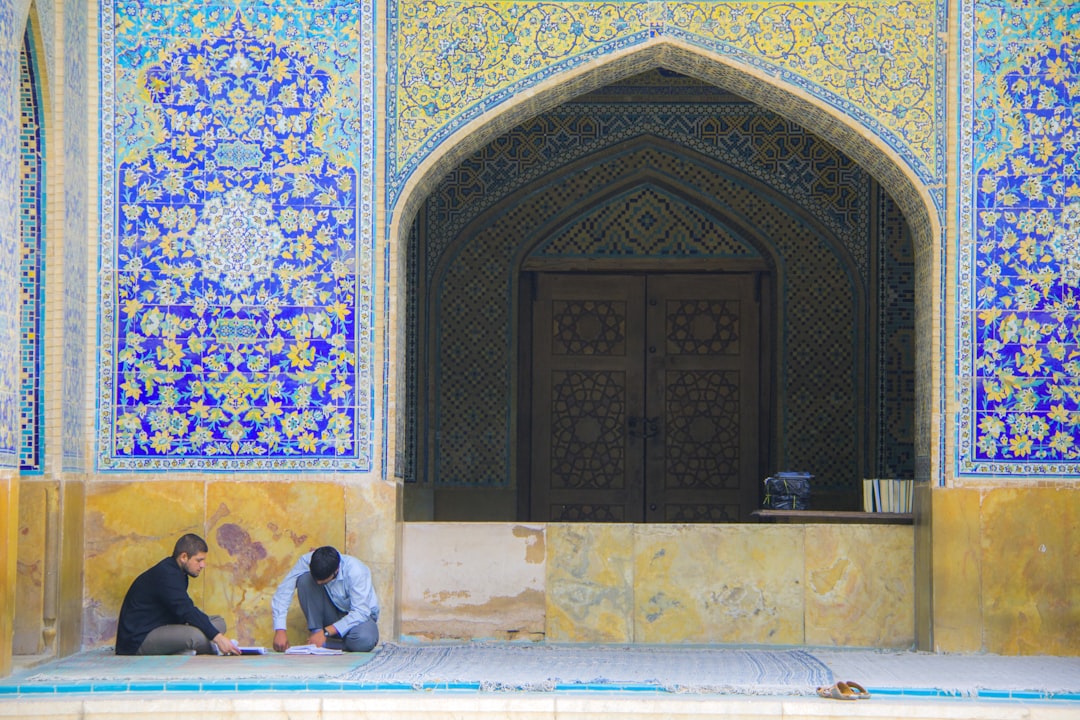What is it about?
The historical literature on sports and games does not necessarily explore this connection with the colonial education discourse, in any of the significant works produced to date. Historians have examined the education discourse for its significant bearing upon the question of national resistance to the British Raj and the formation of regional identities in the early twentieth century and in postcolonial India. In the process, however, they have overlooked how the configuration of colonial spatiality created a new kind of cultural awakening among middle-class pupils in schools and colleges in India during the later part of nineteenth century. While drawing attention to this historical development, this study would suggest that a close examination of education policies since the East India Company period is vital to understanding these later developments, and their effects are interlaid over the course of many decades. This paper also furthers our understanding of the role played by English public schools in Victorian Britain in the dissemination of the games ethos in relation to masculinity and empire, and how such notions concomitantly played off of each other, with an added twist, in colonial India.
Featured Image
Read the Original
This page is a summary of: Colonialism, Education, and the Spatial Dimension of Play - the Creation of Middle Class Space at Schools and Colleges in Modern India (1790-1910), Historian, March 2018, Wiley,
DOI: 10.1111/hisn.12753.
You can read the full text:
Contributors
The following have contributed to this page










